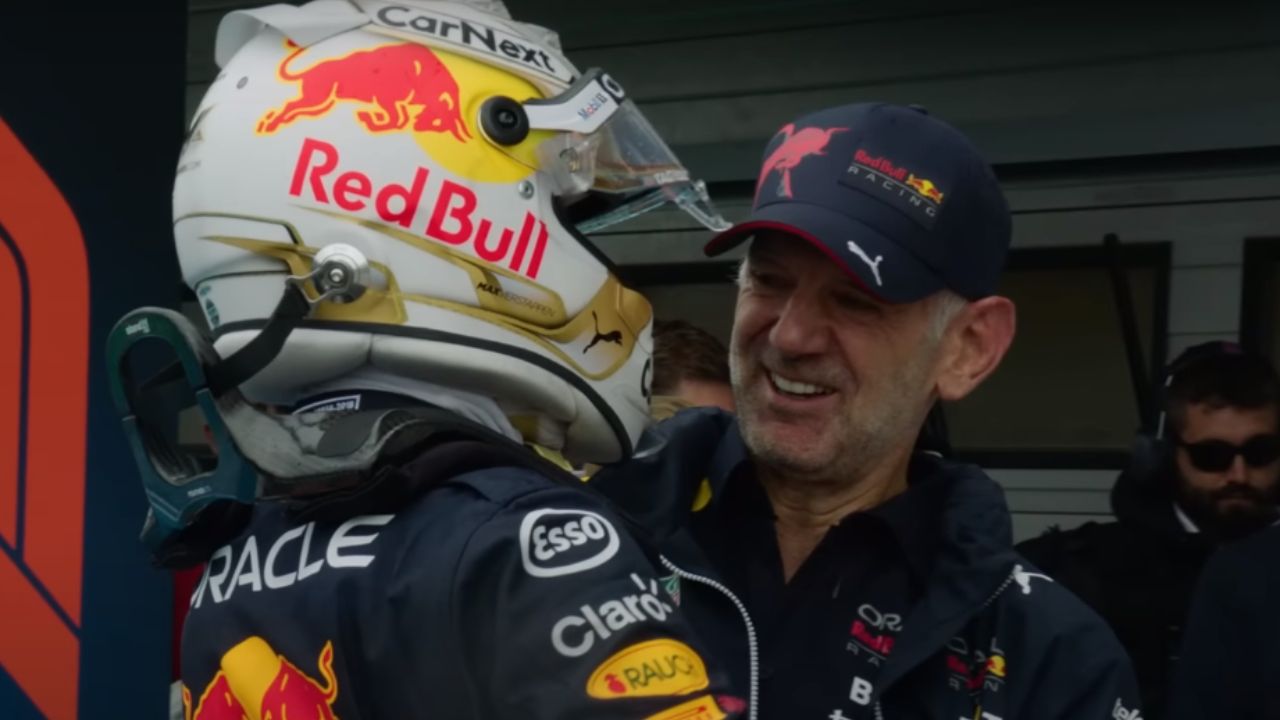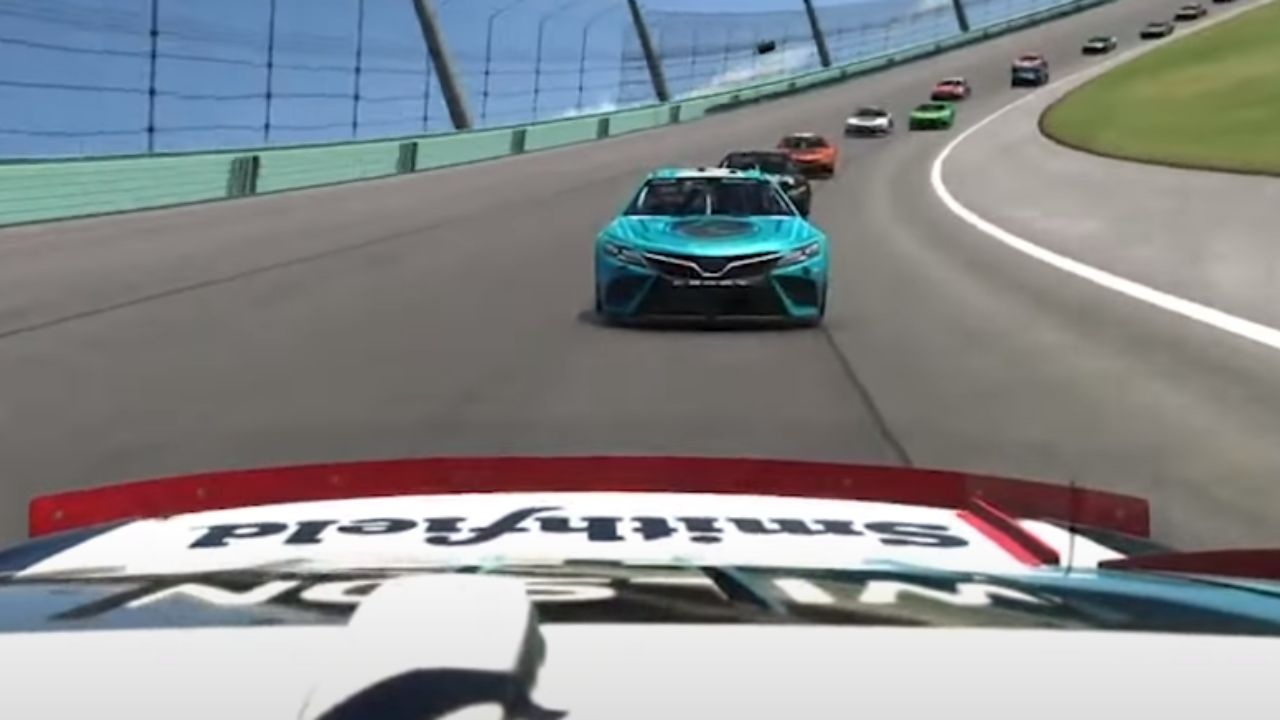In the realm of Formula 1, 2023 marked a historic season for Red Bull Racing, with the RB19 emerging as a beast that left even the seasoned Lewis Hamilton in awe of its speed. Behind this triumph lay the genius of Adrian Newey, the mastermind orchestrating the team’s aerodynamic brilliance. What were the secretive changes that transformed the RB19 into a title-winning machine, and how did Red Bull’s strategic decisions propel Max Verstappen to a triumphant third title? Let’s dive into the intriguing details that defined Red Bull’s 2023 campaign.
Unraveling the Aerodynamic Evolution of RB19
As the 2020 regulations ushered in significant changes, there was skepticism among F1 teams, including Red Bull, about the impact of these alterations. Adrian Newey himself expressed reservations, deeming the changes too restrictive and potentially dull for the sport. However, little did they anticipate that the RB19 would redefine dominance.
The RB19 faced an initial threat with the 2023 regulations introducing a 15mm increase in the rear floor and a 10mm rise in the diffuser’s height. Contrary to concerns, these changes turned out to be a blessing in disguise. Newey identified struggles against Ferrari in high-speed corners, and the augmented width and height effectively neutralized the issue, setting the stage for the RB19’s supremacy.
Hidden beneath the familiar exterior, the RB19 boasted a chassis with a more angular ‘V’ shape, a strategic move that allowed increased volume and enhanced airflow through tunnels and side pods. Newey explained the significance, stating, “It’s really just management of the front wheel wake. As the cars have become better understood, the downforce has gone up, and quite often that means a bigger front-wing demand. So then you have to put a bit more effort into managing how you use the front wing.”
The DRS Efficiency Revolution
One of the pivotal outcomes of the RB19’s updates was the heightened efficiency of the Drag Reduction System (DRS), courtesy of the raised diffuser. This adjustment played a crucial role in making the RB19 virtually untouchable during races. Max Verstappen, armed with the revamped RB19, showcased its prowess by gaining substantial leads and executing overtakes with unmatched precision. The DRS became a game-changer by the tenth lap, solidifying Red Bull’s dominance.
🗣️ | Adrian Newey it surprised him on creating the dominant RB19
“It does actually. It’s a complete surprise. For the ’22 season we had the biggest regulation change on the chassis side since 1983, in terms of going back to venturi cars.”
“We thought as we headed into the… pic.twitter.com/iYEfuMaQ4j
— RBR News 🇳🇱🇲🇽 (@redbulletin) January 15, 2024
Strategic Focus on Race Performance
While Verstappen faced minor setbacks in qualifying, Red Bull’s decision to prioritize race performance over one-lap speed paid off handsomely. Adrian Newey clarified that this was a deliberate strategy dating back to the car’s design in 2021. The choice to focus on race pace set Red Bull apart from competitors like Ferrari, whose emphasis on qualifying performance often left them struggling to convert pole positions into race victories.
As Newey affirmed, “It was a deliberate choice, and we felt that if the overtaking was going to become easier, then that presumably meant qualifying performance would be a slightly lower priority than in the past, and it seems to have worked out.”

The Wizardry of Adrian Newey and Red Bull’s Triumph
Adrian Newey’s revelation about the aggressive changes to the RB19’s snout, coupled with the emphasis on race performance, underscores the strategic brilliance that propelled Red Bull to its unparalleled success in 2023. The RB19 stands as a testament to Newey’s aerodynamic wizardry, transforming a skeptical start into a season of historic triumph for Max Verstappen and the Red Bull Racing team.






